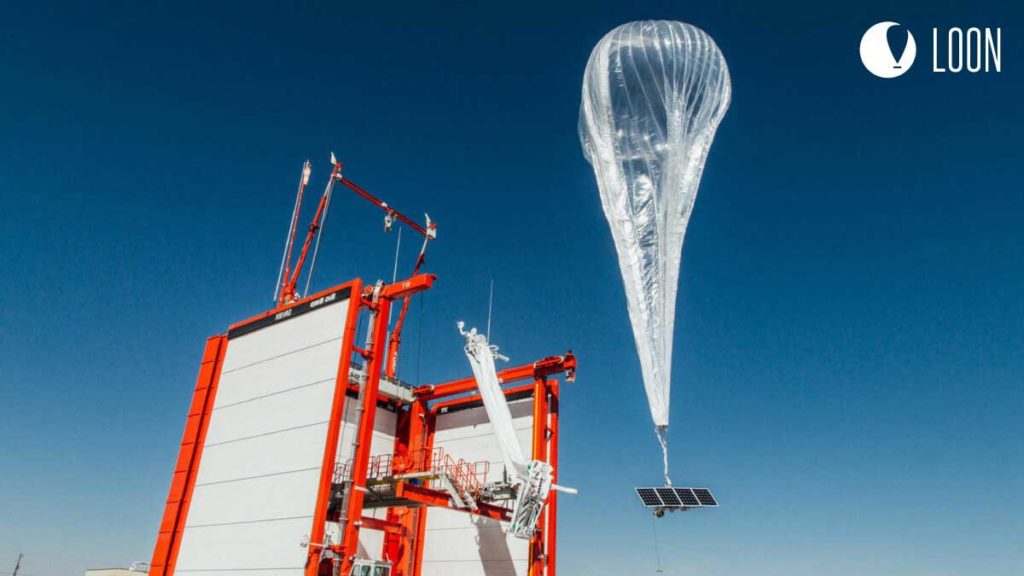
Kenya has progressed with the deployment of 5G networks. However, a number of Kenyans remain unconnected especially those who are living in rural areas. According to the World Bank report issued in October 2019, 44% of Kenyans living in urban areas have access to the Internet. However, less than 20% of the population is connected. Alphabet’s Loon division comes to close the digital gap with its new project called Loon’s balloons which aims to extend connectivity for communities around the world. In partnership with Telekom Kenya, Loon delivers connectivity from balloons flying 20km up in the stratosphere.
On July 7, 2020, Loon’s balloon started delivering connectivity in Kenya following a commercial deal- the first of its kind in Africa- between Telekom Kenya and Loon. A crucial partnership for Kenyans digital rights as it helps them connect to the whole world especially amid the Covid-19 pandemic.
According to the New York Times, the balloons will provide a 4G LTE network connection to nearly the 31,000-square-mile area across central and western Kenya, including Nairobi.
Late April 2020, Loon launched the first loon balloon in partnership with Telekom Kenya aiming to provide services to network subscribers across the country. Loon’s Head of Engineering Salvatore Candido said in a blog post “Loon flights depart from one of two sites in Puerto Rico or Nevada. These balloons reach Kenya through a map built on a daily basis by software automation.” According to Candido, Loon’s balloons help to close the digital divide. “The importance of making it possible for everyone to have access to the Internet has never been so clear in our day to day lives,” he said.
According to the Kenya National Bureau of Statistics (KNBS) census report, only one in five Kenyans has access to the Internet. Sometimes, Kenyans living in rural areas have to travel physically to secure access to the internet. Loon balloons will help Kenyans to remain connected. The launch will enable Kenyans to enjoy internet access and utilize Kenyan government platforms – as many services including applying for a passport and paying for a trade license, have been digitized.
Loon’s CEO Alastair Westgarth said in a blog post published on July 7, 2020, that most Kenyans were connected to the Internet through a balloon without knowing it. “Since we began early tests, we’ve connected over 35,000 unique users, delivering OTT voice and video calling, streaming, web connectivity, and more,” he explained.
Project Loon was launched in 2013 and has been used for many emergencies such as connecting Peru after an earthquake in 2019. Loon has taken the most essential components of a cell tower and has designed them to be light enough to be carried by a balloon. These balloons are manufactured to cope with extreme weather conditions.
Loon balloons are made from a sheet of polyethylene and they last up to 100 days in the air before landing back on Earth. Polyethylene is the most popular type of plastic in the world but it needs 450 years to biodegrade. However, the company has thought about conserving the environment. Balloons are located through a GPS module and lands in sparsely populated areas so they can be collected for reuse and recycle.
Loon has been criticized for the deployment of the Loon balloons technology in Kenyan areas that have already developed infrastructures.